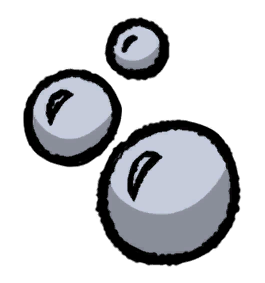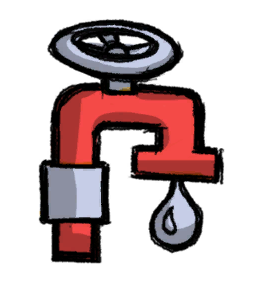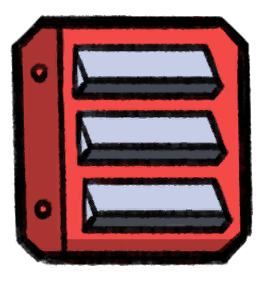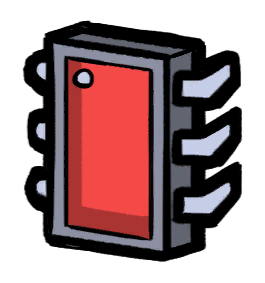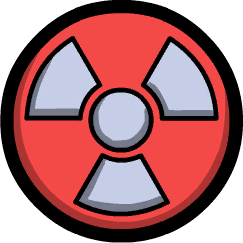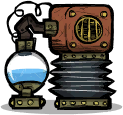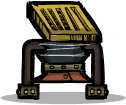Oxygen Diffuser
Oxygen Diffuser is the first structure available for Oxygen production, it consumes Algae.
Usage
Oxygen Diffuser is mainly used to supply Oxygen. It has a fast output, making it able to fill entire rooms with Oxygen, allowing duplicants to breathe. Because of its fast output, it is also great for keeping off unwanted gasses where they are, or redirecting their flow by using the oxygen to push them.
Because Oxygen flows slowly in tight corridors, the Oxygen Diffuser should not be used to supply many other rooms with oxygen other than the room it is in. By using multiple gas permeable tiles or an air ducting system, one can move oxygen to adjacent rooms more easily.
The Oxygen Diffuser has a poor Algae to Oxygen conversion ratio, and will quickly burn through your stock. When you are low on algae, it is a good idea to turn the Oxygen Diffuser off in order to let a more Algae-efficient method take over the oxygen production.
Mechanics
The Oxygen Diffuser uses 550 g/s of Algae, it can hold up to 330 kg. When the content of an Oxygen Diffuser is lower than 132kg Algae, it generates a Life Support Supply Errand to supply the difference between 330kg and its current content. Therefore, it won't let duplicant supply over 200kg to the Oxygen Diffuser.
- Since it does not make the same errand, it can make double errands by supplying an insufficient amount and waiting until the sum of supplying amount and content is less than 132 kg.
The Oxygen Diffuser stops functioning when the tiles it is on contain more than 1800 g of gas (this is Overpressure). Meaning if this gas is not Oxygen, the Oxygen Diffuser will not be able to pump out oxygen in order to push the gas away.
Germs on Algae are not destroyed by deoxidation. Algae taken from spots surrounded by Slime may be infected with Slimelung. However, the germs will not survive for long in pure oxygen.
Created oxygen has a temperature of 30 °C (or higher if the inputs are hotter). The THC difference in materials make it inherently heat multiplying. This effect will increase the farther the input's temperature is from 30 °C.


